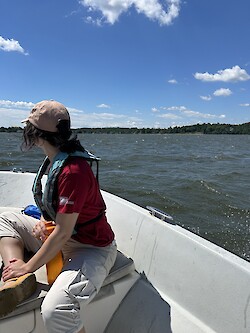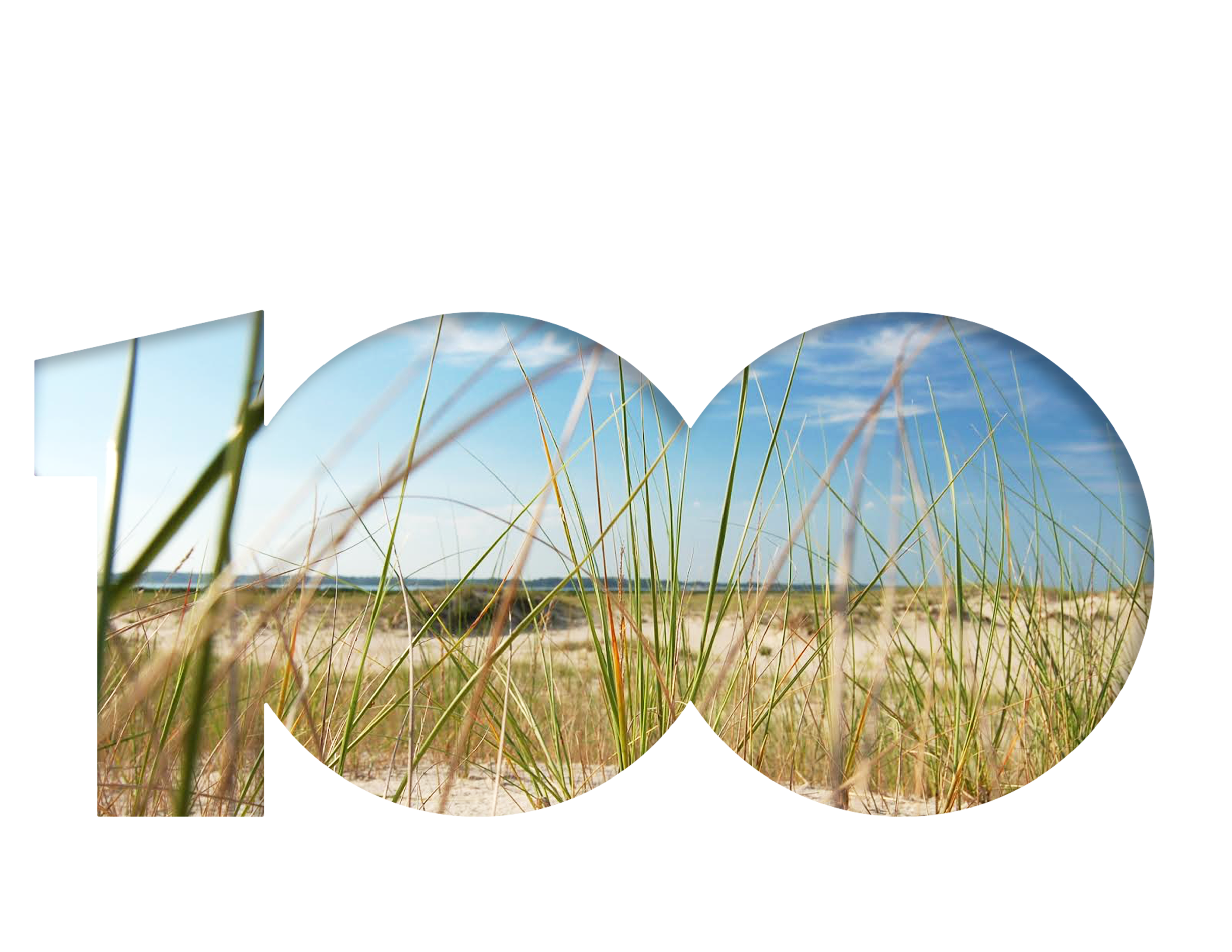Celebrating Ten Years of Water Quality Monitoring
Ann Foo ·When I started working with the Chesapeake Monitoring Cooperative, I had to get a new car. The Chesapeake Monitoring Cooperative, which is celebrating its tenth anniversary, supports local water monitoring organizations from across the Chesapeake Bay Watershed. To ensure high-quality data, we visit some of the groups for a field check, comparing their practices to the ones detailed in their program manuals. My ancient car could barely make it from Baltimore to Annapolis; field visits to water monitoring groups on the Eastern Shore or near Havre de Grace were out of the question. Many groups are in our own backyard: Arundel Rivers Federation, Severn River Association, and Anne Arundel Community College sample minutes from our office in Annapolis. However, many groups are further afield: Nanticoke Watershed Alliance, Friends of the Bohemia, Elk and Northeast, and ShoreRivers are among the longer drives. Regardless, it’s nice to get out into the field and spend time with the people doing the work.

Ann’s local watershed group is Patapsco Heritage Greenway, and they do wonderful stewardship, monitoring, and education. Mandy DeLeo, the Water Quality Program Coordinator, is shown here presenting their report card.
Some of the monitors we visit are full-time riverkeepers, whose whole careers are dedicated to the health and caretaking of our waterways. They know the best season for kayaking and the history of local landmarks, and they navigate their boats around the rivers and creeks with ease. Water monitoring is often an all-day affair. Some organizations have a team of monitors who sample one or two sites each. Others are largely one-monitor operations, with one dedicated monitor taking samples all over the area. All of them are contributing not only to the Chesapeake Monitoring Cooperative, but to their communities at large. Information is empowering; the groups we work with use their data to answer questions. ”Is it safe for my grandkids to swim off our dock? Where can we seed oysters? Why aren’t there as many fish here as there used to be?” Highly localized water quality monitoring can answer all of these questions.
Water quality monitoring also notifies communities of important issues that may have been missed otherwise. For example, Blue Water Baltimore identified high bacteria levels in the water around the Patapsco River Wastewater Treatment Plant, resulting in an investigation and a lawsuit to enforce proper management and operation of the plant. Blue Water Baltimore’s efforts included community science events where volunteers collected water samples to provide a snapshot of bacteria levels around the treatment plant. The lawsuit resulted in the largest water pollution penalty in Maryland history: $4.75 million. Forty percent of this is earmarked for environmental improvements in the area polluted by the wastewater treatment plant.
Individuals sampling their local streams also have a big impact. Cindy Pizziketti has been monitoring Kreutz Creek in Pennsylvania monthly since 2018 with the Alliance for Aquatic Resource Monitoring, a CMC partner. Cindy observed high nitrogen levels and brown-red discharge in 2019 and brought it to the attention of her local riverkeeper association. Additional testing showed that the water also contained uranium, lithium, and PFAS, all flowing from a waste disposal center. In March 2025, the Lower Susquehanna Riverkeeper Association won its lawsuit against the landfill company for their violations of the Clean Water Act.
Not all efforts for clean water require monthly monitoring; anyone can request a free SaltWatch kit here to easily test salt levels in their local waterways. Submit your measurements, and that data goes into a national database!
Many organizations also allow interested citizens to come along on their water monitoring excursions, or hold public educational events. These are a great way to dip a toe into water monitoring and learn about your local environment. Educating yourself and getting involved in your community help keep watershed groups fueled to continue their vital monitoring, restoration, and preservation work.
IAN’s role with the CMC is to provide support. Through ongoing partnership with individual water monitoring groups, we analyze data and communicate science. The Patapsco River Report Card, the Antietam Creek Report Card, and the CMC Factsheets all show the importance of this type of widespread, but localized, scientific data. Public outreach through data collection engages people in local science and provides relevant, on-the-ground information. We deeply value our partnership with the CMC, and we’re looking forward to another ten years of excellent work.

About the author
Ann Foo

Ann is a new Science Communicator at UMCES. She graduated from the University of Maryland, College Park, with a B.S. in Cell Biology and Genetics and a B.A. in Classical Languages and Literatures. Ann previously did research on foodborne pathogens and on the gut microbiome. Ann has a cat named Toast and enjoys cooking, listening to podcasts, and going to museums.

